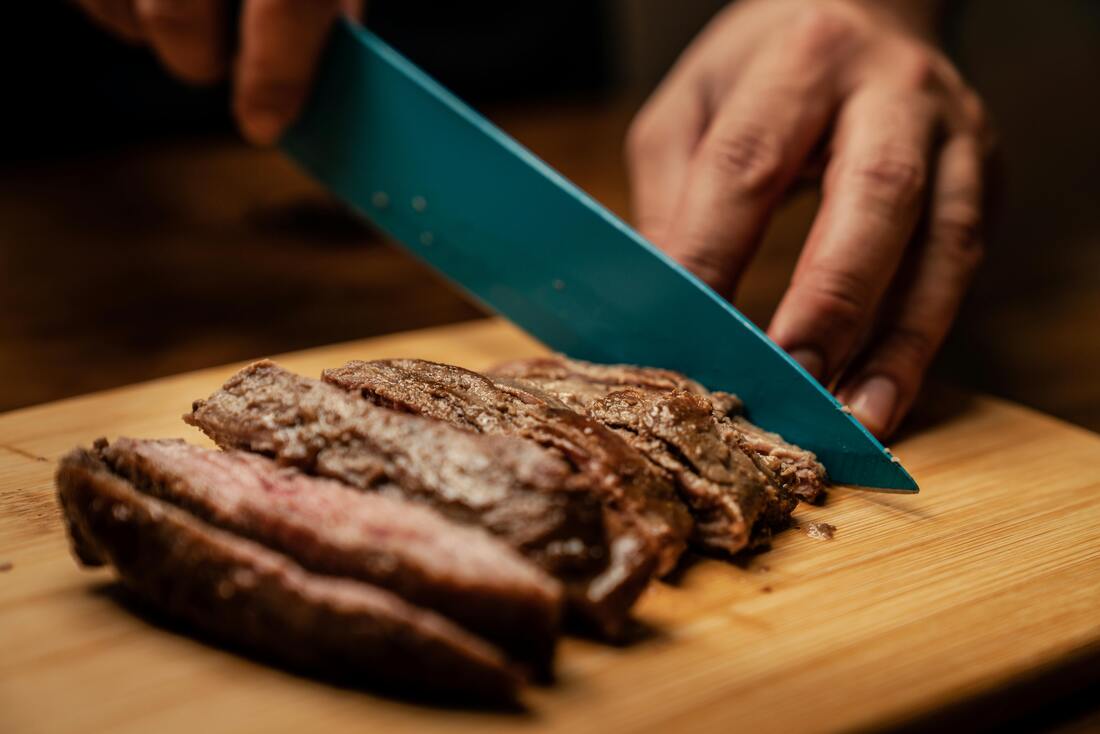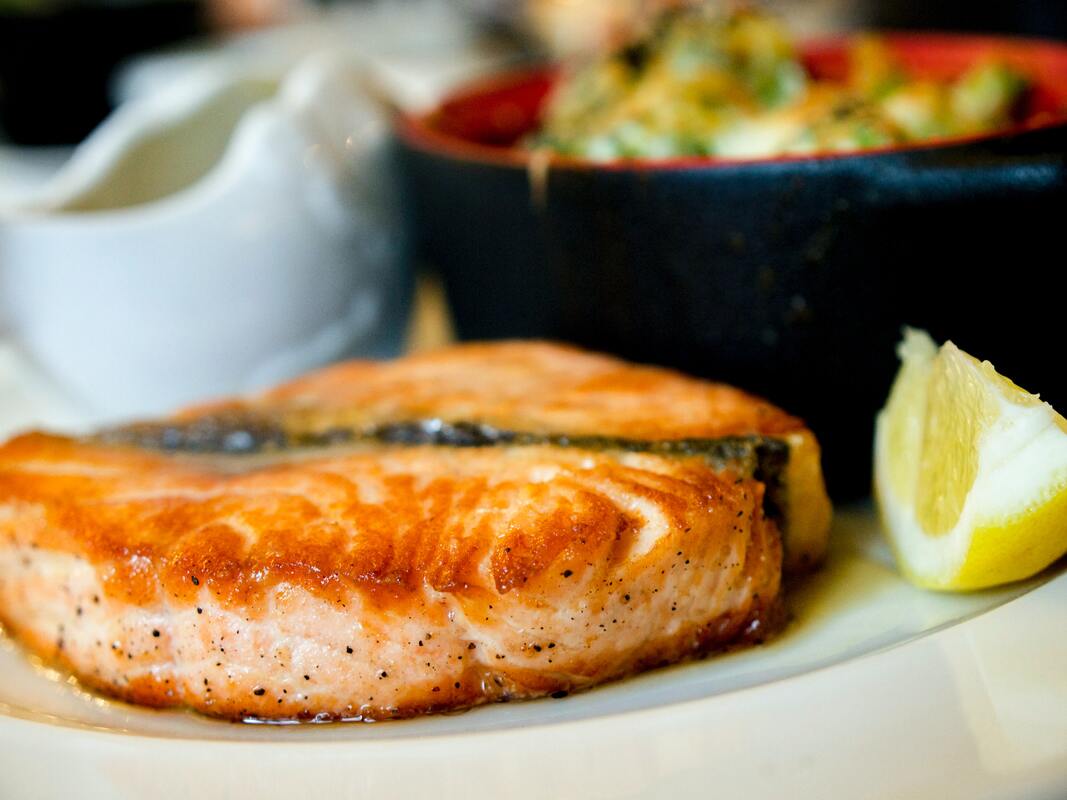We have to know how to eat right, train right, and take the right over-the-counter supplements. “BCAAs” stands for “branched-chain amino acids”, which are three of the nine essential amino acids your body needs in order to trigger muscle protein synthesis (MPS), or the creation of new muscle: leucine, isoleucine, and valine.
BCAAs are a very popular supplement, but are they worth your money? There are two main claims regarding BCAAs: 1. BCAAs improve body composition and training performance. 2. BCAAs enhance recovery by reducing delayed-onset muscle soreness (DOMS). … But do they?
0 Comments
Protein is crucial to supplying muscle tissue with the building blocks it needs for its growth. In no particular order:
Stay committed to your decisions, but stay flexible in your approach. Religiously tracking calories over the winter holidays isn’t often practical or enjoyable.
However, I completely understand if you’re anxious about taking a break from it because you worry that you won’t be able to maintain your results, what with all the festive food available in the office or at the store, and the social meals you may have planned. Nevertheless, while tracking can be a very helpful tool, it’s not the main contributing factor to your results, even if it can feel that way. The real contributors to your success so far are the new nutrition- and movement-focused habits that you’ve been building while calorie- and macro-tracking. If you maintain these habits, you will maintain your results, whether you’re tracking or not. That’s why in this article I want to focus on these five tips to help you maintain your fitness and health-focused habits should you choose not to track for a couple of days over Christmas, New Year’s Day, or any other holiday you may be celebrating this month: If we could give every individual the right amount of nourishment and exercise, not too little and not too much, we would have found the safest way to health. Unless you live in Florida or a similar part of the world where it’s always relatively warm and sunny, and unless you’re reading this in the opposite Hemisphere to mine, it’s that time of the year again: flu season.
Fortunately, by working on your fitness, you can whip your immune system into shape, increasing your chances of either staving off common illnesses completely, or at least reducing the severity of any symptoms you may experience. If, like some of my legendary clients, you’re an athlete following an intense program, work with children or do shift work, or you find yourself getting sick often at this time of year for any other reason, then this article is for you. These are my top five evidence-based tips to support and enhance your body’s natural defences: |
Nikias TomasielloWelcome to my blog. I’m an online fitness coach with a passion for bodybuilding, fantasy, and bread. Want to work with me? Check out my services!Archives
May 2024
Tags
All
|
Follow me on social media |
Get in touch |
© 2018-2023 Veronica Tomasiello, known as Nikias Tomasiello – All rights reserved





 RSS Feed
RSS Feed